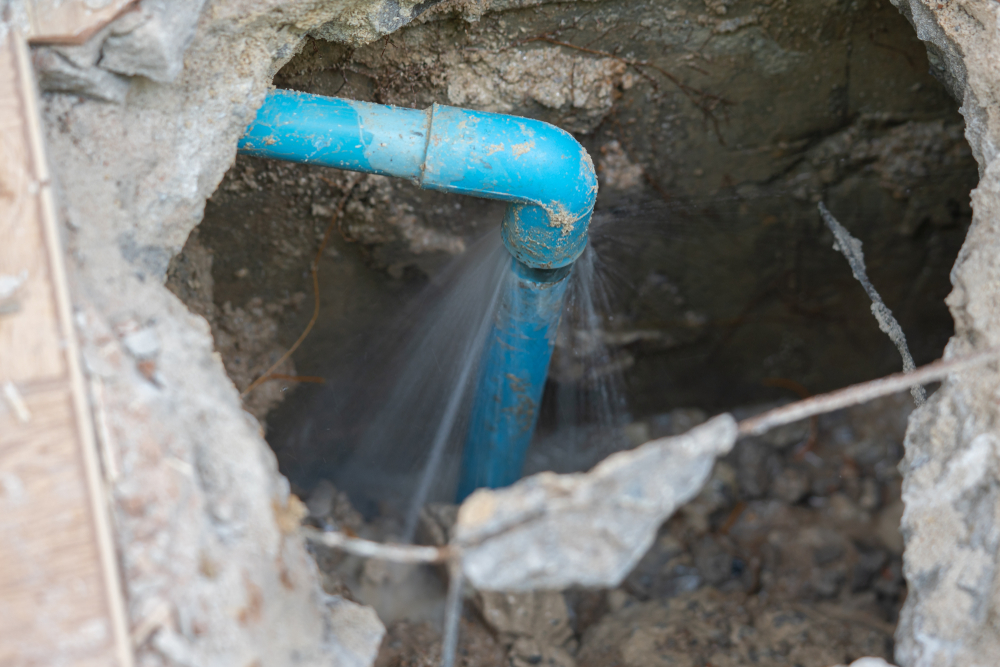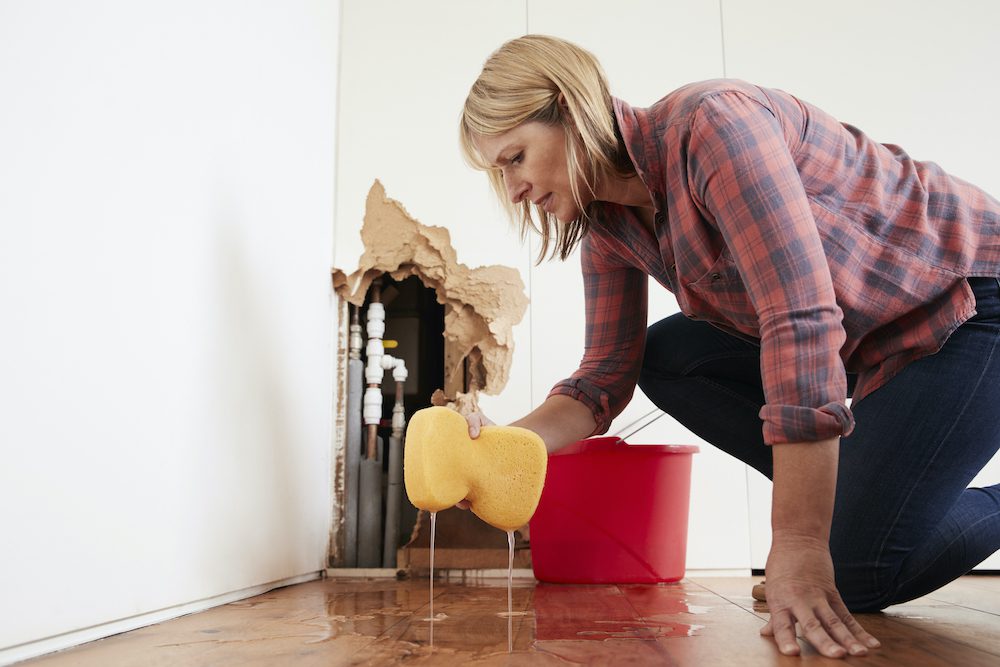How to Locate and also Repair Water Leaks-- A Comprehensive Guide
How to Locate and also Repair Water Leaks-- A Comprehensive Guide
Blog Article
We've unearthed this article on Finding hidden leaks directly below on the net and accepted it made perfect sense to share it with you on this site.

Early detection of leaking water lines can reduce a possible calamity. Some little water leakages might not be noticeable.
1. Check Out the Water Meter
Every house has a water meter. Checking it is a surefire way that helps you find leaks. For starters, shut off all the water resources. Guarantee no person will certainly flush, utilize the tap, shower, run the washing maker or dishwasher. From there, go to the meter and also watch if it will alter. Since nobody is utilizing it, there should be no motions. If it relocates, that indicates a fast-moving leakage. If you discover no modifications, wait an hour or two as well as inspect back again. This implies you may have a slow-moving leakage that might even be underground.
2. Inspect Water Consumption
Evaluate your water bills as well as track your water consumption. As the one paying it, you should see if there are any type of inconsistencies. If you spot sudden changes, regardless of your usage being the same, it suggests that you have leakages in your plumbing system. Keep in mind, your water bill must fall under the exact same range every month. An abrupt spike in your expense shows a fast-moving leakage.
A consistent increase every month, also with the same routines, reveals you have a sluggish leak that's additionally gradually escalating. Call a plumber to completely inspect your residential property, particularly if you really feel a warm location on your flooring with piping below.
3. Do a Food Coloring Test
30% comes from bathrooms when it comes to water intake. Examination to see if they are running correctly. Decrease flecks of food shade in the storage tank and also wait 10 minutes. If the color in some way infiltrates your dish throughout that time without flushing, there's a leak between the storage tank and also dish.
4. Asses Outside Lines
Do not forget to inspect your outdoor water lines too. Needs to water seep out of the link, you have a loose rubber gasket. One small leakage can squander tons of water as well as increase your water expense.
5. Evaluate as well as Assess the Situation
Homeowners ought to make it a behavior to check under the sink counters as well as also inside cabinets for any type of bad odor or mold and mildew development. These two red flags show a leakage so punctual attention is needed. Doing regular examinations, even bi-annually, can save you from a significant trouble.
Check for stainings and also deteriorating as a lot of devices as well as pipes have a life expectations. If you believe dripping water lines in your plumbing system, don't wait for it to rise.
Early discovery of leaking water lines can mitigate a potential calamity. Some small water leaks may not be visible. Examining it is a guaranteed way that helps you uncover leaks. One tiny leakage can squander tons of water and also surge your water expense.
If you suspect dripping water lines in your plumbing system, don't wait for it to rise.
WARNING SIGNS OF WATER LEAKAGE BEHIND THE WALL
PERSISTENT MUSTY ODORS
As water slowly drips from a leaky pipe inside the wall, flooring and sheetrock stay damp and develop an odor similar to wet cardboard. It generates a musty smell that can help you find hidden leaks.
MOLD IN UNUSUAL AREAS
Mold usually grows in wet areas like kitchens, baths and laundry rooms. If you spot the stuff on walls or baseboards in other rooms of the house, it’s a good indicator of undetected water leaks.
STAINS THAT GROW
When mold thrives around a leaky pipe, it sometimes takes hold on the inside surface of the affected wall. A growing stain on otherwise clean sheetrock is often your sign of a hidden plumbing problem.
PEELING OR BUBBLING WALLPAPER / PAINT
This clue is easy to miss in rooms that don’t get much use. When you see wallpaper separating along seams or paint bubbling or flaking off the wall, blame sheetrock that stays wet because of an undetected leak.
BUCKLED CEILINGS AND STAINED FLOORS
If ceilings or floors in bathrooms, kitchens or laundry areas develop structural problems, don’t rule out constant damp inside the walls. Wet sheetrock can affect adjacent framing, flooring and ceilings.
https://www.servicemasterbyzaba.com/blog/how-to-detect-water-leakage-in-walls/

As a person who reads about Locating water leaks, I assumed sharing that piece of content was important. Do you know about another individual who is fascinated by the subject? Why not share it. Thanks so much for your time spent reading it.
Report this page